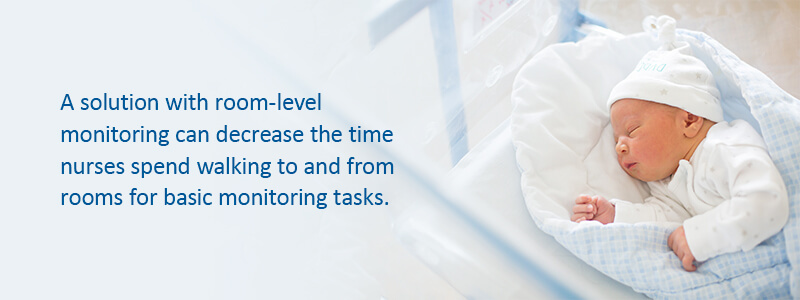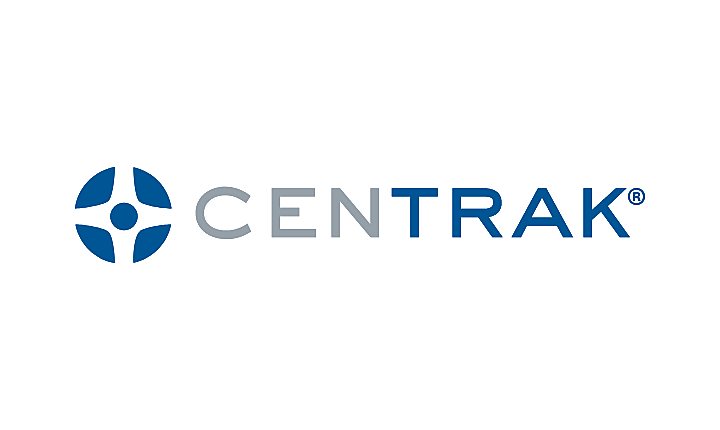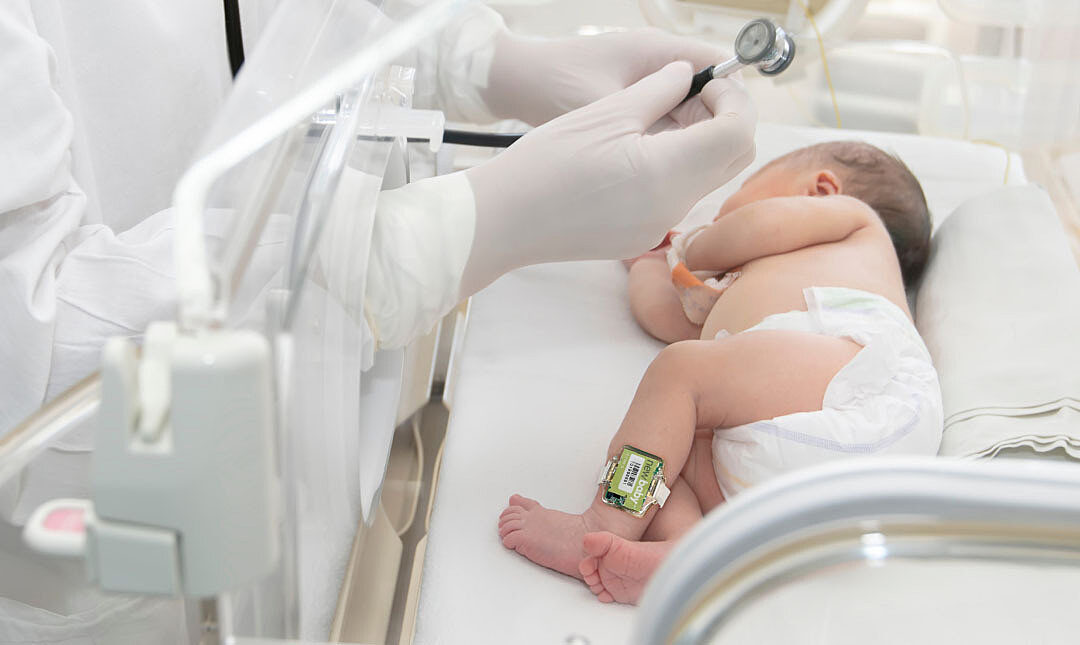Streamlining Infant Security in Hospitals

According to the National Center for Missing and Exploited Children, around 40% of all infant abductions since 1964 have occurred in healthcare facilities. Fortunately, these numbers are decreasing, in part because hospitals go to great lengths to guard these vulnerable patients. New technologies have significantly improved infant protection practices, allowing hospitals to create safer, more trustworthy spaces for new parents and staff.
However, the process isn't always straightforward. Infant protection is often inefficient, with staff members scrambling to address emergencies or everyday care tasks. With pressing healthcare staff shortages, too much time clicking through software or traversing the floor to respond to alarms can add up quickly and create a significant strain on the team.
Thankfully, modern infant security techniques leverage advanced technologies to better protect babies, their parents, and the value of your clinical workflow.
How Your Infant Security System Can Streamline Clinical Workflow
Infant security systems for hospitals can comprise many different components, from badges and software to access control integrations that automatically lock doors when needed. Here are some of the ways a hospital infant security system can support an efficient, effective clinical workflow.

1. Automated Processes for Nurses and Staff
Automated processes and room-level infant security create hands-off monitoring for staff, so they can focus on delivering better care rather than performing slow routine check-ins. A solution with room-level monitoring can decrease the time nurses spend walking to and from rooms for basic monitoring tasks. It can also reduce the need for additional staff members, including security guards, or expensive software integrations.
If an emergency situation appears, automation is critical for a fast response. An automated infant security platform might trigger an alarm, capture video, activate door locks, and hold certain elevators as soon as the threat is detected — and it does this much faster than it would take for a nurse to discover the problem and initiate the right protocol.
2. Immediate Notifications for Mother-Baby Matching
If a baby is brought to the wrong room, a clinical-grade infant protection platform can immediately issue an alert. Mother-baby matching helps parents breathe easy and know that whenever their child leaves the room, he or she will always be the one that comes back. This feature also helps clinical staff avoid the potential interruptions and ramifications of a mixup.
3. Customizable Workflows and Procedures
Every facility is different. Even within the same floor, you may have different protocols for infant security, with a NICU on one end and a postpartum unit on the other. Infant security systems in hospitals should offer customizable workflows that support efficient operations in all parts of the facility. You may choose to modify elements like escalation paths, alarm rules, and procedures for transports, transfers, and discharges.
4. Escalating Alerts for Unauthorized Exits and Tampering
A system of escalating alerts can scale up security as an infant approaches unauthorized areas or exit points. These alerts might range from notifying the nurse's workstation if an infant leaves their room to a full lockdown of the floor if they approach an elevator or stairwell. Alert escalation can also incorporate tamper detection, to notify staff and log a tamper event if a tag loses contact with the baby's skin or the band is cut. An alert sounds if the tag stops communicating with the system in any way.
Escalating alerts provide situation-specific notifications that can automate responses with minimal interruption to nurse workflows or other hospital operations.
5. Efficient Infant Location for Routine Vital Checks and Emergency Responses
Any hospital infant security system must offer precise, real-time visibility. Clinical-grade locating tools allow you to respond in seconds, whether you're dealing with an emergency situation or routine checks. In an infant emergency, those few seconds can make all the difference. Even in lower-stakes situations, a fast location helps staff spend less time searching for an infant and more time delivering exceptional care.

CenTrak Infant Security Systems for Hospitals
Protecting infants can be a time-consuming job. CenTrak streamlines infant security for an efficient clinical workflow and greater peace of mind. With automated processes, customizable workflows, mother-baby matching, escalating alerts, and other powerful features, we can help reduce the burdens of security tasks, improve care delivery, and ensure a lightning-fast response to emergency situations.
Our sensors come in a range of styles, and our experienced team is there for ongoing support. Paired with robust, customizable software and integrations, CenTrak solutions are ideal for a hospital infant security system that lets your staff focus on what they do best. Learn more about CenTrak's infant protection in our product brochure, or reach out today to speak with a representative.






